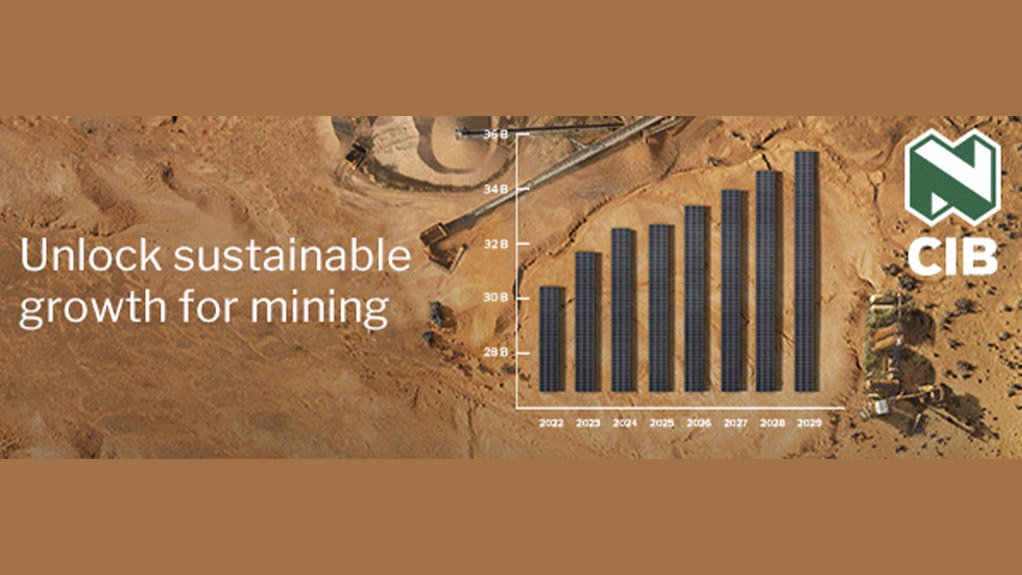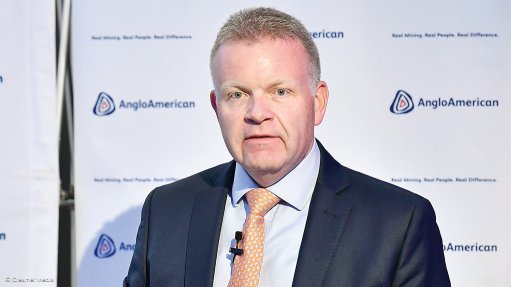Are mining companies overpaying for strategic asset acquisitions in Africa?
By Vusi Mpofu; Sector Lead: Mining & Chemicals at Nedbank CIB
When you get right down to it, mining is a numbers game. And the numbers that really count are typically measured in tonnes and ounces. The reality is that the business of mining ultimately comes down to making the most of what is, in effect, a finite resource. In an effort to optimize this process, miners are constantly looking at efficient ways of growing the access that they have to these valuable resources. This typically takes place in one of two ways: expansion of existing operations or acquisition of additional assets.
For more mature mines in Africa, much of the expansionary activity takes place via mergers and acquisitions. Mining companies on the continent, and those wanting to diversify operations to new territories, are constantly seeking opportunities for strategic acquisitions, primarily with a view towards increasing the resource reserves to which they have access.
Given this significant, and growing, competition for acquisitions across Africa, the obvious question is: could the supply and demand situation have the consequence of forcing acquirers to overpay for the mines they acquire?
It’s a difficult question to answer. Mainly because the true value of any such mining investment is usually only revealed many years after the merger or acquisition takes place. Typically, the value of a successful acquisition is delivered, over time, through increased outputs, sold to market at prices that are higher than the projected break-even levels built into the initial valuation.
Of course, this is largely a function of favourable market conditions. Which is why any acquisition valuation worth its proverbial salt will seek to anticipate the volatility of future commodity cycles and take a somewhat conservative approach, where on the other hand the break-even value for the buyer is set at levels of tolerance closer to where historic lows have been; while the more optimistic projections relate to historic market highs. The art of so-called fair valuation, then, is finding something of a midpoint between these two opposite extremes, and then factoring in a third element of crystal ball gazing by making informed forecasts on likely future market trends.
Two recent large acquisition transactions point to the likelihood that acquirers are, in fact, successfully walking this fair valuation tightrope and ensuring that they don’t overpay for mining operations they acquire. The first is the attempted acquisition of Yamana by Gold Fields. While the deal was ultimately scuppered by a competing bid, this in itself suggests that the valuation of Yamana by Gold Fields could not have been significantly off what the asset is truly worth. Ask any advocate of market theory and they will tell you that fair price (value) is ultimately what the market is willing to pay for an item. Of course, one would prefer to have more reference points than just the two bids made for Yamana in order to make a call on true fair value of the asset, but based on those bids, it’s probably safe to say that Gold Fields was not on “overpaying” for Yamana.
The second transaction that points to valuations of mines in Africa still being within the fair range is the tussle that is taking place between Impala and Northam for Royal Bafokeng Platinum. While it is possible that this protracted competition between the two prospective acquirers carries the risk of pushing up the valuation of RBPlats, potentially into overpriced territory, the mere fact that both are willing to continue with this tug of war indicates that they believe the acquisition still represents fair value.
Of course, these transactions, and particularly the war over RBPlats, don’t offer definitive proof that acquirers are not overpaying for expansionary assets. However, they do confirm something that the industry has long known to be true, and that is that value is ultimately in the eye of the acquirer. The valuation of any asset is based on the predicted future cashflows that asset will generate. In mining those cashflows are premised on continued access to more resources in the future and global commodity trends. Given the clear need for most miners to diversify their portfolios if they want to remain viable and sustainable in the years to come, such acquisition activity is likely to increase exponentially going forward, irrespective of the inherent difficulties of ensuring the achievement of fair valuation in such diversification scenarios.
A particularly exciting space to watch will be developments in the scramble for assets in the metals relating to the energy transition imperative, which is especially prominent in Africa. If the decarbonisation commitments made by governments across the planet come to fruition, there will be a significant increase in demand for the minerals that support the technologies necessary for greener energy sources and battery storage. All of which will translate to higher prices for the operations with access to these metals, but also much higher potential for such acquisitions to yield significant longer-term value.
That said, there really isn’t a dearth of quality assets out there, especially at the operational stage. While this will almost certainly add to the supply and demand conundrum for acquirers seeking to expand their portfolios, there is a limit to what can be bought, irrespective of how much you are willing to pay, or even overpay, for it. So, beyond the cyclical consolidation that is evident in all sectors, mining included, it's likely that much of the capital that would otherwise have been invested in targeted acquisitions could now be earmarked for greenfield projects. After all, when it comes to tonnes and ounces, you have to take them wherever you can get them.
Comments
Press Office
Announcements
What's On
Subscribe to improve your user experience...
Option 1 (equivalent of R125 a month):
Receive a weekly copy of Creamer Media's Engineering News & Mining Weekly magazine
(print copy for those in South Africa and e-magazine for those outside of South Africa)
Receive daily email newsletters
Access to full search results
Access archive of magazine back copies
Access to Projects in Progress
Access to ONE Research Report of your choice in PDF format
Option 2 (equivalent of R375 a month):
All benefits from Option 1
PLUS
Access to Creamer Media's Research Channel Africa for ALL Research Reports, in PDF format, on various industrial and mining sectors
including Electricity; Water; Energy Transition; Hydrogen; Roads, Rail and Ports; Coal; Gold; Platinum; Battery Metals; etc.
Already a subscriber?
Forgotten your password?
Receive weekly copy of Creamer Media's Engineering News & Mining Weekly magazine (print copy for those in South Africa and e-magazine for those outside of South Africa)
➕
Recieve daily email newsletters
➕
Access to full search results
➕
Access archive of magazine back copies
➕
Access to Projects in Progress
➕
Access to ONE Research Report of your choice in PDF format
RESEARCH CHANNEL AFRICA
R4500 (equivalent of R375 a month)
SUBSCRIBEAll benefits from Option 1
➕
Access to Creamer Media's Research Channel Africa for ALL Research Reports on various industrial and mining sectors, in PDF format, including on:
Electricity
➕
Water
➕
Energy Transition
➕
Hydrogen
➕
Roads, Rail and Ports
➕
Coal
➕
Gold
➕
Platinum
➕
Battery Metals
➕
etc.
Receive all benefits from Option 1 or Option 2 delivered to numerous people at your company
➕
Multiple User names and Passwords for simultaneous log-ins
➕
Intranet integration access to all in your organisation





















